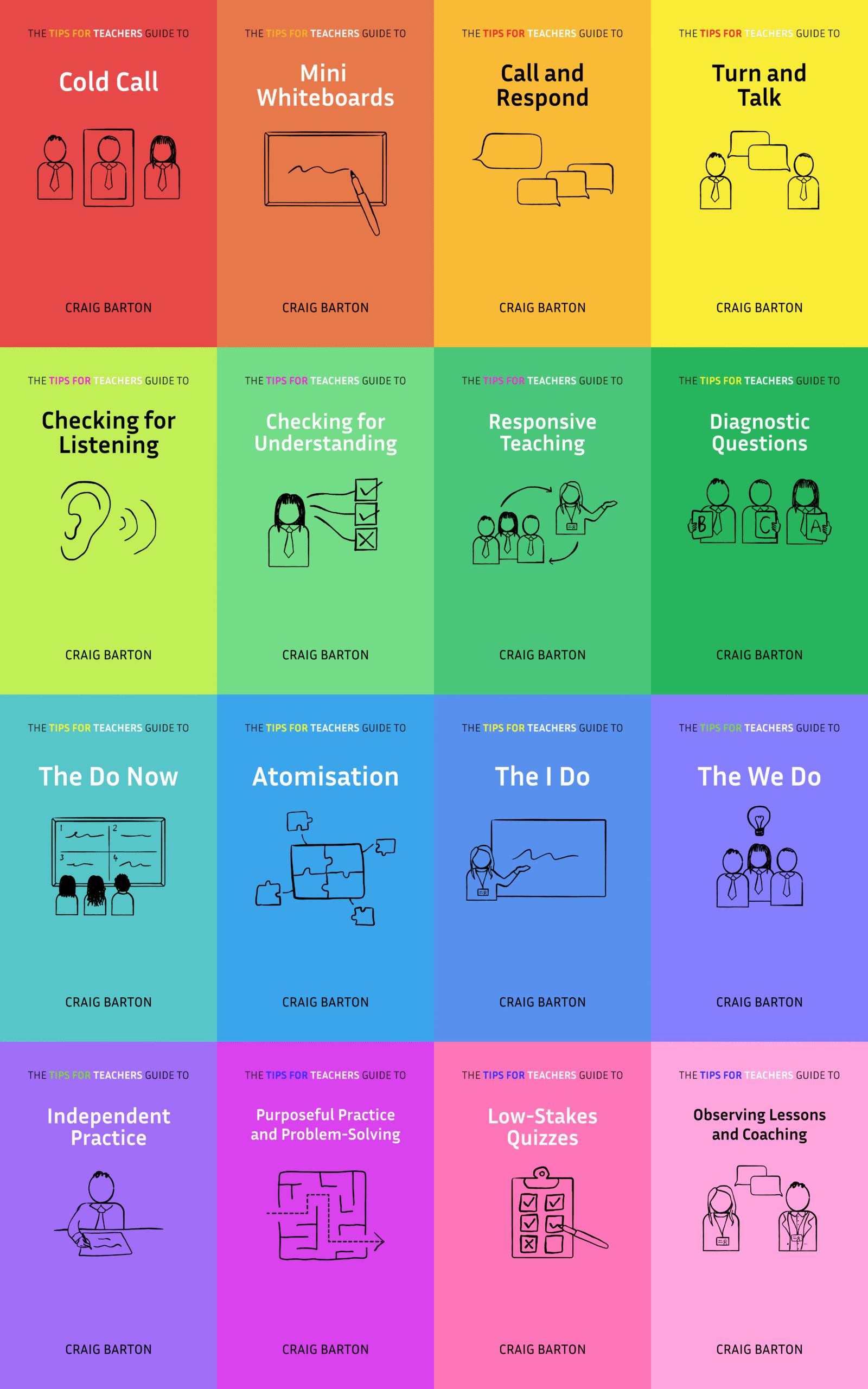Summary
This YouTube transcript discusses strategies for maximizing student engagement during independent practice in the classroom. A teacher recounts a survey indicating that independent practice is the lesson phase with the lowest student participation. The video then proposes several techniques to address this, including ensuring all students begin working simultaneously, using visualizers to showcase student work, and employing strategic cold-calling to check for understanding. The importance of establishing a classroom culture of accountability and proactive help-seeking is emphasized. Consequences for disengagement are mentioned, but only after establishing clear expectations and support.
What are the implications for teachers?
Based on the sources, here are some implications for teachers to consider regarding student engagement during independent practice:
- Monitoring Initial Engagement: Teachers should begin independent practice with a clear signal, such as stating the questions students will be answering. To ensure all students start working promptly, teachers can ask students to hold up their pens and scan to make sure everyone is ready before saying “go”. Teachers can also initially stay at the front of the class to monitor and make sure everyone is engaging in the activity. If a student isn’t writing, a teacher can give them a few seconds to start, or ask them why they aren’t participating.
- Circulation: While circulating around the room during independent practice is important, teachers should be careful not to turn their back on the class.
- Show Call: “Show call” is a strategy where a teacher selects a student’s work to show under a visualizer. This allows the teacher to model how to mark a particular answer and give live feedback. This method can build a sense of pride in students. Show calling can also be used to create accountability because students know that they might be selected. However, teachers need to be sensitive to students’ feelings about sharing their work, especially if the answer is incorrect. In such a case, the teacher could ask to share a mistake as a learning opportunity, rather than highlighting that a student got the answer wrong.
- Checking Answers: Rather than always using hands up or cold calling, teachers can pick students randomly to read their answers. This is a quicker way to sample student work, and ensures that all students are working on the assignment. If a student does not have an answer, the teacher can hold the student accountable.
- Promoting Student Success: If a student doesn’t have an answer to a question, it can be used as a chance to reinforce classroom culture. The teacher can give the student a chance to share why they didn’t answer and discuss options for the future such as asking for help or moving to the next question. Teachers should help students develop independence and resilience by explicitly teaching strategies for when they are stuck on a problem. After introducing the strategies, teachers can hold students accountable to following these procedures.








